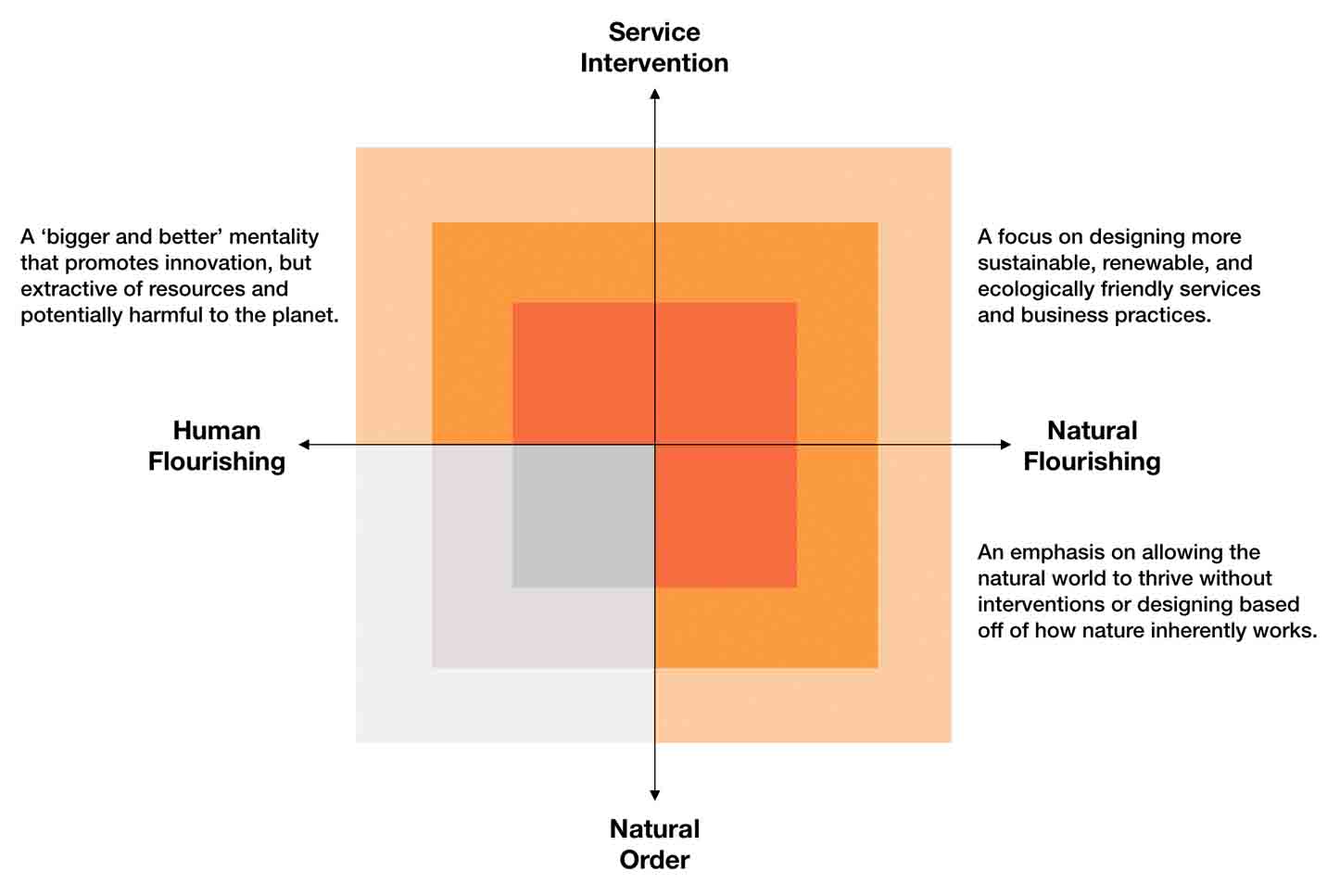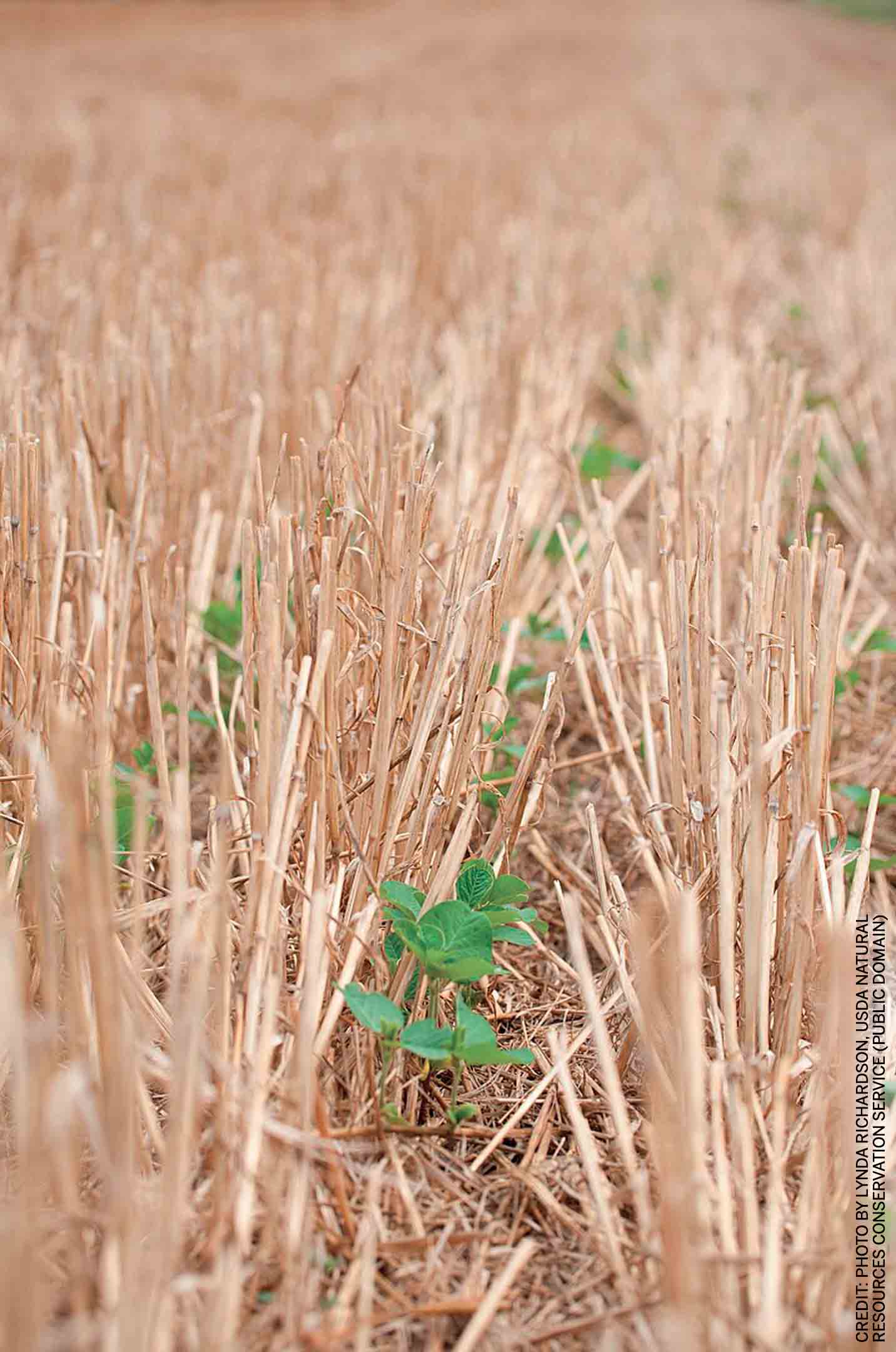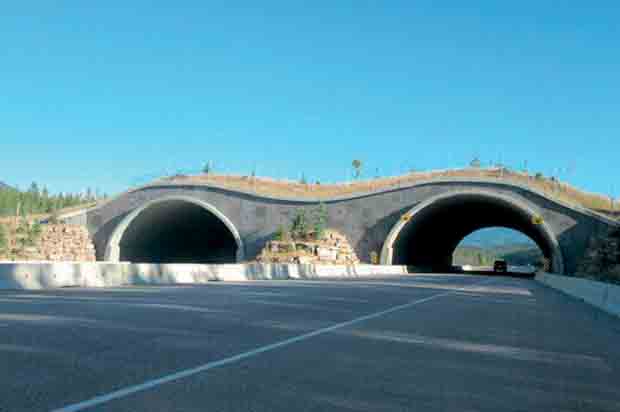Last year, at the height of the Covid-19 pandemic, I attended a virtual conference for ethnographic researchers working in the industry. As I tuned into one of the keynote speakers — an indigenous writer, historian and agriculturalist — he shared the importance of indigenous approaches to sustainable land management and their impact on farming.
This focus on regenerative and restorative practices continued in several other talks and I began to ask myself: what would the modern world look like if services were designed intentionally to restore the planet to a state before humans existed? How would we reimagine the way we practice service design if ecology, both plant and animal life, and the environment were our customers?
Human needs and natural needs are often diametrically opposed when it comes to service design. If you look at two coffee shops that offer the same product (coffee), one may be more successful by using service design to create more accessible ways to order coffee or an efficient customer flow in the coffee shop. Service design helps businesses succeed, but growth also means more resources are used to serve more customers and more waste is produced, i.e., more coffee grounds and coffee cups ending up in landfills, or worse, the ocean.
 |
Improving customer experience leads to a human benefit but the planet usually suffers as a result. We need to shift this status quo to consider the natural world as a key customer with needs that have to be served, otherwise we will continue to harm the environment and disrupt ecosystems around us.
There are several examples of service design that focus on the natural world as a customer. Wildlife crossings like highway overpasses and underpasses have increasingly been constructed across the world as a way to reduce collisions with animals. The Banff Wildlife Overpass in Alberta, Canada, was designed to both protect the safety of highway drivers and to promote a healthier natural ecosystem for the animals crossing above.
Human needs and natural needs are often diametrically opposed when it comes to service design

By viewing wild animals as customers who they had to serve, engineers, scientists and designers have been restoring a natural balance that has been increasingly disrupted by humans. The impact of building this overpass was far reaching, as it reduced animal-vehicle collisions by over 80% and many species of animals that had been forced apart by the highway resumed more natural migration patterns.
Another example is regenerative agriculture, an approach towards farming that encourages biodiversity and improved ecosystem health — not just minimising damage but actually improving soil and environment around farms. In this sense, the service of food production for people also takes into account the wellbeing of the earth itself and the living organisms that contribute to food production.
Regenerative farms commonly use ‘biomimicry’, with farmers learning from nature’s own strategies for keeping organisms alive and thriving, leading to nature-inspired interventions. Farmers growing fruit trees might decide not to clear grasses and weeds in the orchard because it becomes cover crop that naturally improves soil health. This sometimes leads to snails thriving since there are more leaves and grass to eat. Rather than use a pesticide or chemical to remove them, farmers might release ducks who naturally prey on snails to resolve this issue.
Instead of entirely focussing on the end customer (humans) who might purchase and consume the fruit, these farmers inherently use service design with a view to planning a process that benefits human customers as well as customers within the natural ecosystem.
So, what are the new mental models service designers must adopt to help restore the planet to its more natural state? I propose we establish some evaluation criteria: measuring not only a service’s ability to meet the needs of these two diametric customers, but its ability to help both flourish.
What are the new mental models service designers must adopt to help restore the planet to its more natural state?
As we conduct research, design, prototype and launch services, we must ask ourselves if our services help or hurt the environment. If our service hurts the environment for our gain, what are we willing to give up as humans so the environment can thrive? We may also come across some difficult tradeoffs using this criterion: what if we design an environmentally harmful service that is essential for humans to live, such as in the healthcare space?
While we still need to design new methodology and processes to serve nature, I believe we as service designers can now begin challenging the status quo in our work to undo environmental damage and help restore the planet to be more hospitable to the other organisms that live on it.



Comments (0)